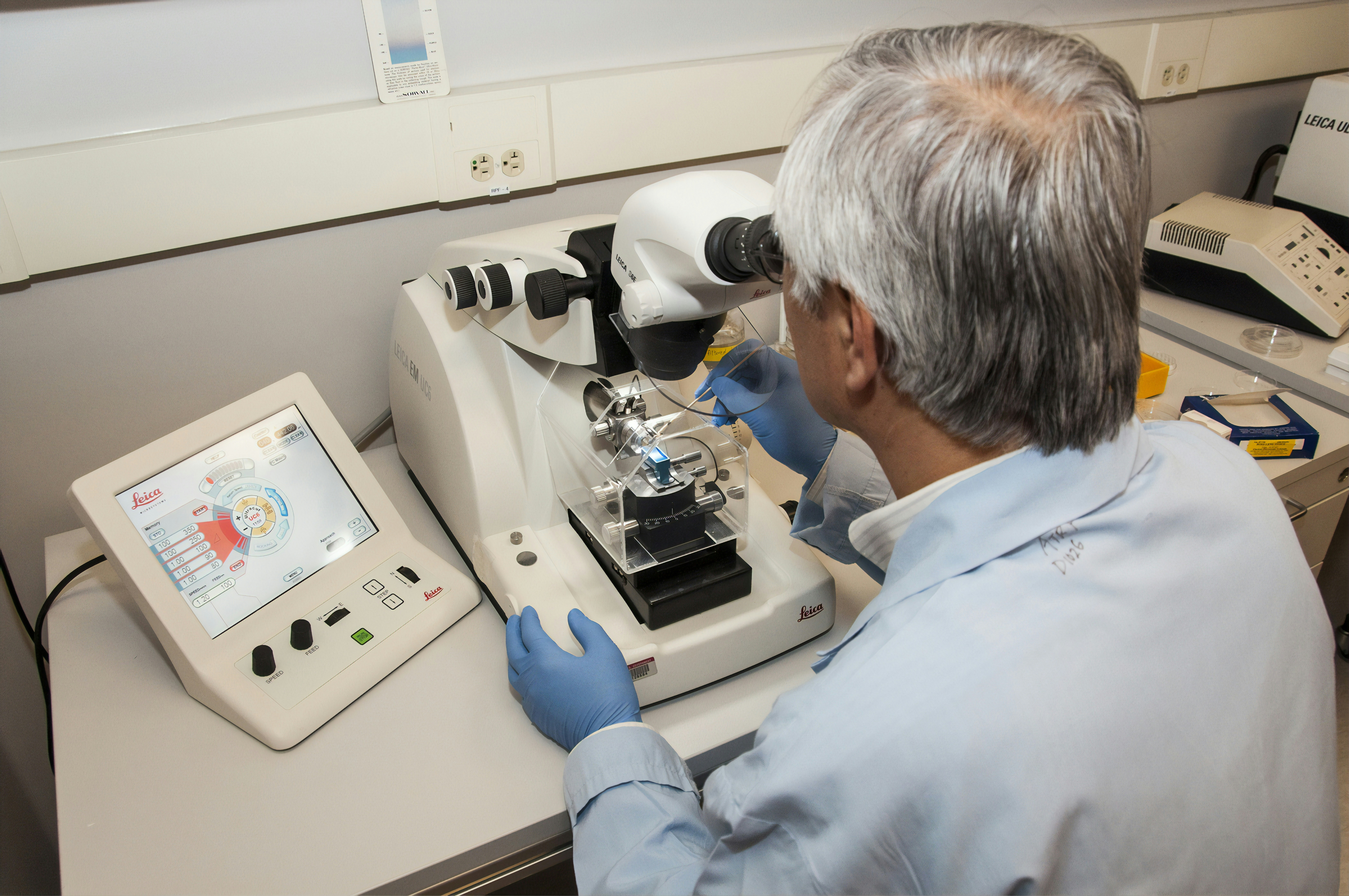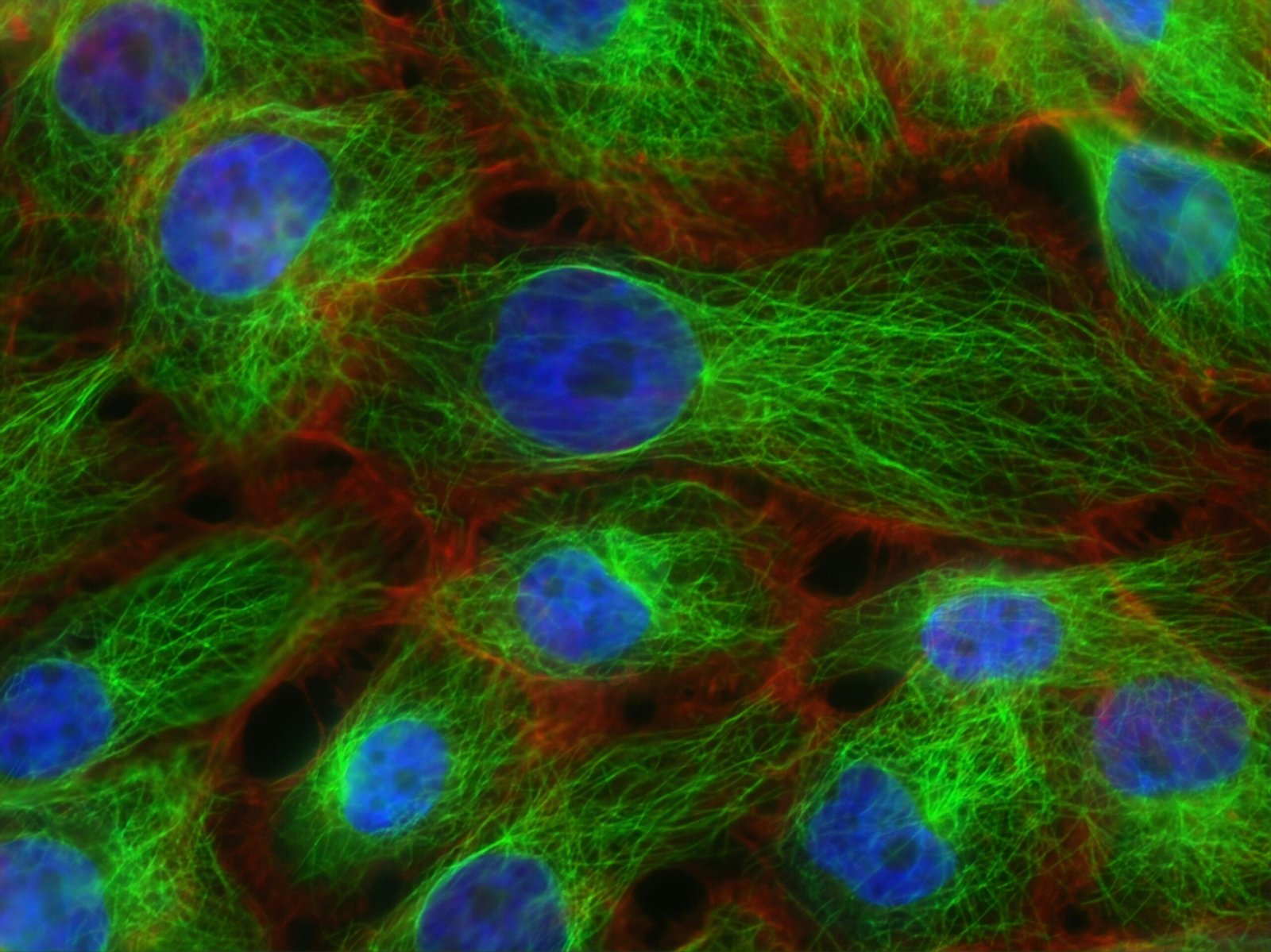Introduction to Differentially Expressed Genes (DEGs)
Differentially expressed genes (DEGs) are genes whose expression levels vary significantly under different conditions or in different tissue types. The identification and analysis of DEGs play a pivotal role in biological research and genetics, serving as valuable markers for understanding multifaceted biological processes and disease mechanisms. By highlighting the genes that exhibit differential expression, researchers can gain insights into the underlying biological pathways that may lead to the onset of diseases, including cancer, cardiovascular disorders, and neurological conditions.
The process of identifying DEGs is crucial for several reasons. Firstly, it allows researchers to pinpoint specific genes that may serve as potential therapeutic targets. By investigating how these genes behave in various biological contexts, scientists can develop targeted treatments aimed at modulating their effects. Furthermore, understanding the differential expression of genes helps to unravel the complexities of cellular signaling pathways and gene regulation, which are vital for both normal physiological functions and pathological states.
Common experimental approaches employed in DEG analysis include RNA sequencing and microarrays. RNA sequencing provides a comprehensive and high-throughput method for quantifying gene expression levels across the transcriptome, while microarrays allow for the simultaneous measurement of expression levels for thousands of genes in a single experiment. These techniques enable researchers to securely identify DEGs and assess their biological significance within broader research frameworks.
In summary, the study of differentially expressed genes is instrumental in advancing our understanding of molecular biology and improving disease management strategies. As new technologies emerge, the ability to identify DEGs accurately continues to refine the landscape of genomic research and its implications for human health.
Why Python is Essential for DEG Analysis
In the realm of bioinformatics, the analysis of differentially expressed genes (DEG) is a critical task that requires both precision and efficiency. Python has emerged as a premier programming language for conducting such analyses due to its extensive libraries and frameworks tailored specifically for scientific research. Libraries such as Pandas and NumPy offer robust data manipulation capabilities, allowing researchers to handle large datasets with ease. With Pandas, users can easily filter, group, and analyze data, while NumPy provides efficient numerical operations essential for statistical computations in DEG analysis.
Furthermore, Matplotlib serves as a powerful visualization tool, enabling researchers to create informative graphical representations of their data. Visualization is a vital aspect of analyzing gene expression data, as it aids in identifying trends and patterns that may not be immediately apparent from raw data. By integrating these libraries, scientists can seamlessly transition from data preprocessing to analysis and visualization, all within the Python ecosystem.
Another advantage of using Python in DEG analysis is its accessibility. Compared to many other programming languages, Python boasts a more user-friendly syntax, making it easier for biologists and researchers with varying levels of programming experience to adopt and utilize. This accessibility promotes reproducibility in research, as methodologies can be documented and shared in a clear and concise manner, facilitating collaboration among scientists from different disciplines.
Pandas and Bioconductor, a separate but complementary R package, further enhance Python’s capabilities in handling bioinformatics data. The interoperability between Python and R through frameworks such as rpy2 allows practitioners to leverage the strengths of both languages, fostering a comprehensive approach to DEG analysis.
In conclusion, Python’s diverse libraries, ease of use, and strong support for reproducible research make it an indispensable tool for conducting differential gene expression analyses, ultimately advancing the field of bioinformatics.
Key Python Libraries and Tools for DEG Analysis
In the realm of differential gene expression (DEG) analysis, Python offers a variety of powerful libraries that facilitate the computational demands of this intricate task. Among the most notable are DESeq2, edgeR, and scikit-learn, each specifically designed to meet different analytical needs.
DESeq2 is primarily utilized for analyzing count data from RNA-seq experiments. This library employs a model based on the negative binomial distribution to estimate variance and perform hypothesis testing. The core function, DESeq(), processes the count data, allowing researchers to extract meaningful insights. For instance, users can transform count data into a format ready for further analysis using DESeqDataSetFromMatrix(), which is essential for its smooth implementation.
edgeR, on the other hand, is particularly adept at handling small sample sizes typically found in RNA-seq datasets. It applies empirical Bayes methods to improve the estimation of biological variability. A common approach with edgeR involves the estimateDisp() function, which calculates the dispersion necessary for statistical testing. This makes it an excellent choice for researchers looking to analyze data from fewer biological replicates, enabling them to derive reliable conclusions despite limited sample availability.
scikit-learn is a versatile library that provides robust tools for machine learning applications in bioinformatics, including DEG analysis. Its functionalities range from simple linear regression to complex clustering algorithms. The library facilitates feature selection and dimensionality reduction, which is vital when dealing with high-dimensional gene expression data. For example, using the RandomForestClassifier() allows researchers to identify significant genes associated with certain conditions or treatments, enhancing the interpretability of their results.
Overall, incorporating these libraries facilitates efficient processing and robust statistical analysis of large datasets in DEG studies. Not only do they provide a framework for researchers to conduct thorough analyses, but they also streamline the workflow, allowing for a more accessible understanding of biological significance in gene expression modifications.
Practical Steps to Conduct DEG Analysis Using Python
Conducting differentially expressed gene (DEG) analysis using Python involves a systematic workflow that allows researchers to derive meaningful insights from their genomic data. The first step is data preparation, which typically begins with obtaining gene expression data in formats such as CSV or TXT. Python libraries, notably pandas, are useful for reading these files and organizing the dataset efficiently. It is crucial to ensure that the data includes relevant metadata, such as sample IDs and condition labels.
Next, quality control (QC) plays a vital role in the workflow. Using libraries like seaborn or matplotlib, researchers can visualize data distribution and identify outliers or batch effects. It’s advisable to employ methods such as box plots or histograms to execute a preliminary analysis of data integrity. After confirming the quality of the data, normalization must be performed to account for various biases introduced during data collection. The DESeq2 or EdgeR packages in Python offer robust normalization techniques that ensure reliable comparisons between samples.
The subsequent step involves statistical testing to identify differentially expressed genes. Researchers should outline a suitable threshold for significance, such as a false discovery rate (FDR) of less than 0.05. Many biologists opt for the ttest_ind or ranksums functions from the scipy library to compute p-values and fold changes. Upon completing the statistical analysis, visualization holds paramount importance in conveying results. Employing volcano plots and heatmaps using libraries such as matplotlib and seaborn can effectively illustrate significant findings.
Finally, adhering to best practices is essential to ensure reproducibility. Documenting your entire analysis process in Jupyter notebooks or scripts enhances transparency and facilitates future validation. It is vital to keep track of versions and dependencies in libraries to mitigate common pitfalls. Developers should also be aware of potential coding errors that could significantly alter outcomes. In summary, following these critical steps fosters a comprehensive and successful DEG analysis using Python, ultimately leading to robust scientific conclusions.



